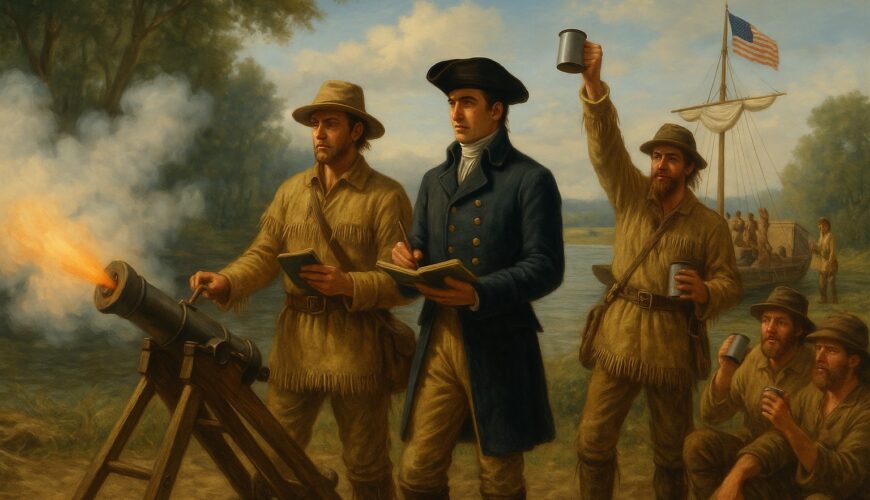News
iSportsman Salutes Our Nation’s Veterans
November 11, 2025 •iSportsman Staff
July 4, 2025
Before there were fireworks shows, backyard grills or patriotic parades, there was the Missouri River—wide, untamed and winding through what was then the very edge of America. It was there, on July 4, 1804, that Meriwether Lewis and William Clark, leading the Corps of Discovery on their epic westward expedition, paused to mark the young nation’s birthday the only way they could—by firing their swivel cannon into the wilderness and pouring a little extra whiskey for the men.
That day, camped near what would later be known as Atchison, Kansas, the explorers took a brief break from the grueling pace of rowing, scouting and hunting. Their journals recorded the gesture not as a grand celebration, but a solemn recognition of the day’s importance. They named a nearby tributary “Independence Creek,” a nod to both the date and the bold spirit of the journey they were on—charting unknown land bought just the year before in the Louisiana Purchase.
The wilderness around them teemed with wildlife. Clark noted abundant deer, beaver and young geese—reminders of how survival out here depended on sharp shooting and steady fishing, not supply chains. It was a celebration rooted in grit, not glitz, and one that reflected the raw self-reliance of the early Republic.
For outdoorsmen and hunters today, it’s a moment worth remembering. Long before we had the freedom to fish public lakes or hunt game on federal land, Lewis and Clark were out there carving the first path west—marking Independence Day not with spectacle, but with steel, sweat and a deep respect for the wild country unfolding before them.
